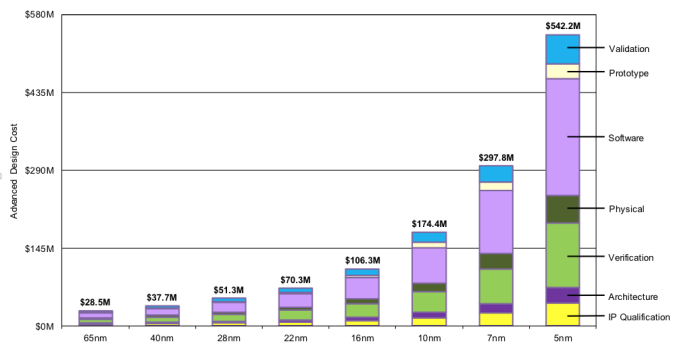You haven't considered the cost of chip development and production. Ever wonder why fewer and fewer companies are using the latest node? Why there is basically only one company in the world producing competitive 3nm? The cost doubles with every generation. You can't look at the heyday of 32nm A6X and apply it to 5nm M1.
View attachment 2214163
If you look at the revenue numbers for Mac and iPad, they are not increasing at the same rate as chip costs. With the M1 boom over, Mac sales are about the same as what Apple saw in 2019. iPad still hasn't returned to the glorious days of 2012-2014 where everyone was buying a new iPad every year.
So no, it's not reasonable to think M-series can support an annual cycle. Not until it's normal consumer behavior to replace iPad and Mac every year. Apple sells
200 million iPhones each year. iPad + Mac don't come even close. Think about that for a second.


